Trends in the Pharma Industry
How Can Companies Modify their Talent Acquisition Culture with Training and Development?
The teams involved in talent acquisition are becoming more efficient by the day. (TA) teams are delivering more than they have ever needed to before. Even though the market demand may be slow, the demands put upon the function continue to increase. It is important to promote a safeguarding and positive culture in the current intense working environment.
Research has shown 38% of employees would quit a poor company culture without the assurity of another job lined up. A sudden loss of almost 40% of the workforce can be extremely detrimental to a company’s growth. This is one of the biggest reasons talents walk out of doors, also resulting in attracting efficient and quality candidates, making replacement difficult. With the advent of social media, it has become increasingly difficult to keep the toxicity of a workplace hushed for long, especially with the emergence of portals like Glassdoor or Fishbowl. And it is equally important this issue be brought to light. Working to transform a toxic work culture within the organization is far more constructive for all.
Strong company culture creates resilient teams, and resilient teams can be the only ones withstanding weathering situations. One of the fundamental pillars of a positive culture is continuous learning and development not limited to the obligatory annual courses to tick a few HR boxes. This is how one can get started.
Cultivating a Positive Work Culture
Sharing is Caring
Collaboration is key when it comes to creating an environment of strong team culture, and a collaborative learning culture could solve the evident problem faced by all organizations at some point or another —budget. Instead of individual learning, or experiencing an event or falling, incorporating collaborative learning culture encourages sharing of important intel between all team members and managers. This training method encourages employees to share their knowledge and expertise, giving and receiving, teaching and learning. Level up by fixing regular dates in the calendar that affords time for meaningful collaborative learning. Share details about learning topics ahead of time giving everyone enough time to research and find doubts from the procedure.
Use AI for Enablement
Integrating technology should be the first thing the company should adopt. Technology should be viewed as an enabler and not an inhibitor, AI should be an aid to a team’s efficiency and productivity, not a barrier. Research has proven respondents report efficiency and decision improvements, AI saw improvements across four key cultural elements: collaboration, collective learning, clarity of roles, and team morale. Underused technologies, or those that aren’t used to their full potential, can cause frustrations and disappointment, so learning how to use them correctly from the start is critical for success.
Birds of a Feather
A team with shared goals is definitely stronger than separate individual goals. Working together within the same team does not imply an alliance. A certain level of comfort needs to be established to support each other starting at the top. Leaders showing their vulnerable side tend to gain the trust of the team members that encourages others to engage and be productivity. Extra Tip: Check-ins for the wins. Encourage a work environment where the team can share personal or general information that can be categorized under regular ‘check-ins’. Lead by example and jump right in. The more the organization knows the employee’s goals and skills, the closer the shared vision will be. Workplace bonding has an extremely positive impact on culture and employees’ mental health!
Warning: Always be respectful of people’s boundaries. Allow them to decide how comfortable they are with sharing information.
Best Practices Are Best for All
Avoid confusion or mix-ups by developing a process where everyone knows how to do a task. Following a uniform set of guidelines automatically reduces friction and the possibility of conflict. In practice, this means evaluating the current set-up to determine if things could be done better. Are the most efficient processes used? Are they cost-effective or depleted resources, are they no longer beneficial? When was the last time TA processes were put under evaluation? Would they stand up to the current standards? Or is it time to upskill and lean into more contemporary, inclusive TA methodologies?
The Future’s Bright
One doesn’t need a crystal ball to know that without clear options and career paths, talented individuals will leave, sooner rather than later. With that, there will likely be a domino effect in which peers follow. Before long negativity sets in along with a sharp decline in productivity and employee engagement. It becomes a struggle to regain a company culture that will retain talent, let alone attract newcomers.
Avoid a disastrous image by looking at things from the team’s perspective.
What do they need from the company and the business to stay?
What might be their role and are they aware of all options available to them.
Where can they see themselves in the company in 2 years or even 5 years?
What training and development opportunities do they have to enable them to grow into their future self?
Trends

Office
Twinsburg OH 44087
